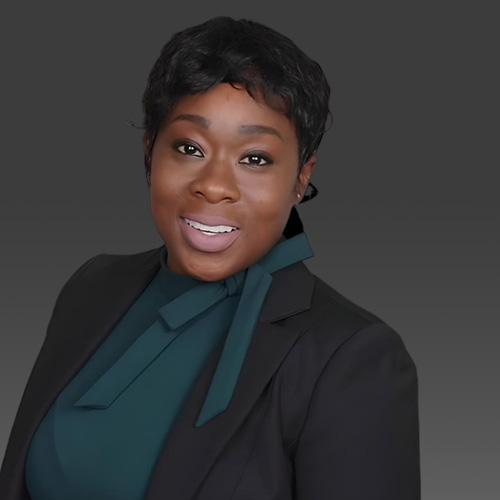Q: What do police officers look for when searching for drunk drivers on the highways?
Police officers look for several key indicators when searching for drunk drivers on the highways. Common signs that may prompt law enforcement to suspect a driver is under the influence include erratic driving behavior such as swerving, sudden stops, and excessive speeding. Officers are trained to observe behaviors that could indicate impairment, such as varying speed, tailgating, or fumbling with car controls. Additionally, drivers who have difficulty maintaining lane discipline often catch the attention of police.
Once an officer initiates a stop, they typically look for physical signs of intoxication. This may include the smell of alcohol emanating from the vehicle or the driver, bloodshot eyes, slurred speech, and uncoordinated movements. These visible cues can serve as grounds for further investigation, including field sobriety tests and breathalyzer assessments. Officers may also check for open containers of alcohol in the vehicle, which can further strengthen the case for driving under the influence.
Understanding the legal framework around these stops is also important. In California, law enforcement officers have the right to make a traffic stop if they observe any violation or a reasonable suspicion of impairment. They are trained to follow specific protocols to assess whether the driver is intoxicated, ensuring that the process aligns with legal standards to uphold the integrity of the traffic stop.






